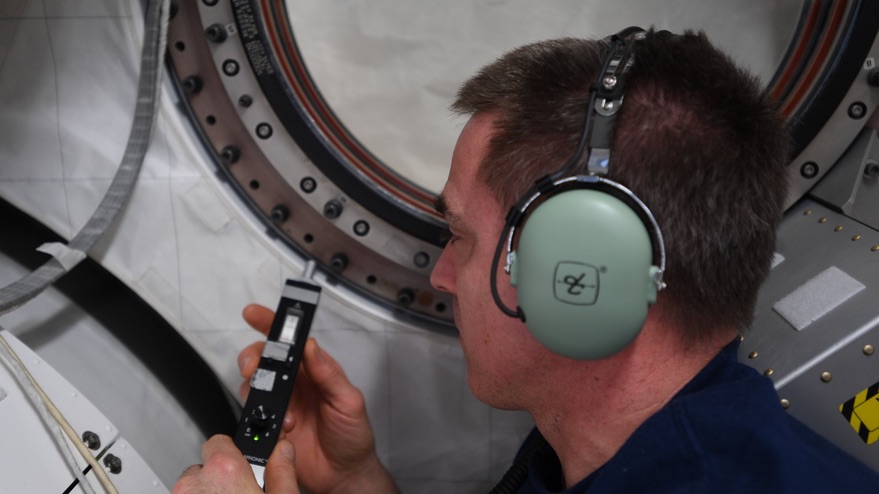WASHINGTON — NASA says they are still not sure of the source of a small air leak on the International Space Station after the crew spent a second weekend confined to a single module there.
The Expedition 63 crew of NASA astronaut Chris Cassidy and Roscosmos cosmonauts Anatoly Ivanishin and Ivan Vagner remained inside the Zvezda module in the Russian segment of the station from the evening of Sept. 25 until the morning of Sept. 28. Hatches between other modules of the station were all closed in an effort to identify which one has a small, but not critical, air leak.
At a Sept. 28 briefing about the upcoming Northrop Grumman NG-14 Cygnus cargo mission to the station, a NASA official said that the weekend isolation in the Zvezda module failed to immediately locate the source of the leak. “As of this morning, there was no clear indication of where the leak is,” said Greg Dorth, manager of the ISS Program External Integration Office at NASA. “The teams are still looking at the data and evaluating it.”
This was the second time the ISS crew confined themselves to Zvezda in an effort to track down the leak. A month earlier, the three also spent a weekend in Zvezda with the other modules sealed off in an effort to locate the leak. “After the three days, there was no indication of where the leak was coming from,” Dorth said.
This latest test, he said, featured some “slightly different configurations” in both the U.S. and Russian segments, although he did not elaborate on the differences between the two tests. In addition, Cassidy used an ultrasonic leak detector to see if the leak was coming from Zvezda itself.
The leak, he emphasized, doesn’t pose a risk to the crew or the station itself. “It’s a very, very small leak. It’s an impact to our consumables, but we’ve planned for that. We can address the leak as we continue the investigation.”
Cassidy made the same point in a series of tweets about the leak just before he and his crewmates spent the weekend isolated in Zvezda. “No harm or risk to us as the crew, but it is important to find the leak [so] we are not wasting valuable air,” he wrote.
Space station controllers took advantage of a relatively quiet time on the station in the effort to locate the leak, which was first detected a year ago. Only three people are on the station, making it feasible for them to stay in a single module. Moreover, there have been no spacecraft visiting the station since the departure of an HTV cargo vehicle Aug. 18.
That will soon change, though. The NG-14 Cygnus cargo spacecraft is scheduled to launch Oct. 1 from Wallops Island, Virginia, and arrive at the station early Oct. 4. That mission “marks the beginning of a very busy vehicle traffic month on ISS,” Dorth said.
That traffic includes the launch of a new Soyuz spacecraft Oct. 14 with NASA astronaut Kate Rubins and Roscosmos cosmonauts Sergey Ryzhikov and Sergey Kud-Sverchkov on board. That will be followed by the undocking of the Soyuz currently at the station Oct. 21 returning Cassidy, Ivanishin and Vagner.
A SpaceX Crew Dragon is now scheduled to launch Oct. 31 with NASA astronauts Michael Hopkins, Victor Glover and Shannon Walker and JAXA astronaut Soichi Noguchi. That will bring the station’s crew to seven for the foreseeable future. The launch was scheduled for Oct. 23, but NASA said Sept. 28 they were moving the launch to deconflict it with the Soyuz launch and landing operations and provide more time “to ensure closure of all open work, both on the ground and aboard the station” before the Crew-1 launch.
